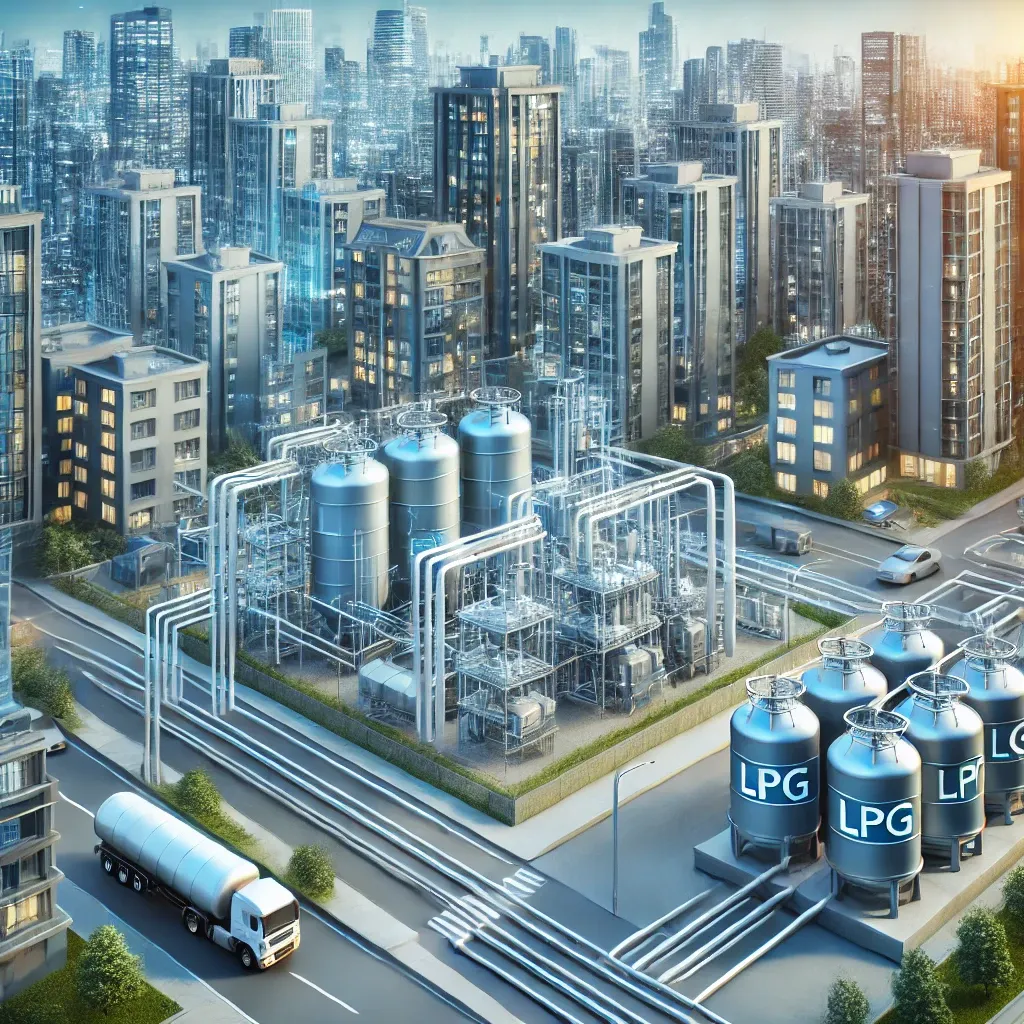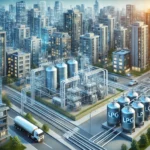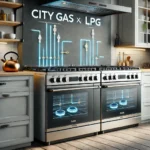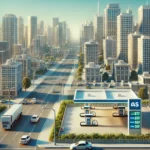Curious about the difference between LPG and city gas? Wondering how LPG city gas pricing varies? Learn about the factors behind LPG city gas changes, and the key price differences in urban energy solutions. Discover everything you need to know to make informed decisions!
LPG Gas City Gas: An Overview of the Difference
When we talk about gas supply in urban areas, LPG (Liquefied Petroleum Gas) and city gas are two distinct fuel types used for heating, cooking, and other household needs. Both gases have different sources, delivery methods, and infrastructure, making them unique in how they serve cities around the world. But what exactly sets them apart?
LPG Gas vs. City Gas: Key Differences
-
Source and Composition
-
LPG Gas Primarily sourced from petroleum and natural gas, LPG is a mixture of propane and butane, stored in pressurized tanks or cylinders.
-
City Gas A blend of natural gas (methane) delivered through underground pipelines, used extensively for heating, industrial, and household purposes.
-
-
Delivery Infrastructure
-
LPG Delivered in large tanks, either portable or fixed at households or businesses, and typically requires more frequent refills.
-
City Gas Delivered through an established network of underground pipelines, meaning it’s more consistent and doesn’t require as much physical infrastructure within homes.
-
-
Energy Efficiency
-
LPG Offers higher energy content per unit, making it ideal for applications requiring high heat, such as cooking or heating.
-
City Gas While it’s clean and efficient, it’s often considered less intense compared to LPG, which might be better for industrial uses.
-
-
Environmental Impact
-
LPG While burning LPG produces carbon dioxide, it’s considered cleaner than some other fossil fuels, but its production and transportation can have a larger carbon footprint due to its reliance on petroleum.
-
City Gas Since it’s mostly methane, it’s the cleanest burning fossil fuel, with a lower impact on air quality compared to LPG.
-
To understand these differences, consider a residential setup in a major city. Households using LPG would need to arrange tank refills, while those relying on city gas would have continuous access to a pipeline network. Both have advantages depending on location, application, and convenience.
LPG City Gas Change: How and Why It Happens
Over the years, many cities have transitioned from relying on LPG to city gas or have integrated the two systems in an effort to provide more sustainable and cost-effective energy options. But how does this change happen, and what are the driving factors?
Key Factors Influencing LPG to City Gas Transition
-
Cost Considerations
-
LPG Often more expensive to produce and distribute because of the need for tanks, transport, and frequent refills.
-
City Gas Offers lower long-term costs due to the large-scale infrastructure already in place, particularly in areas with dense populations.
-
-
Environmental Push
-
Governments around the world are pushing for cleaner energy solutions. City gas, primarily methane, burns cleaner, reducing air pollution and greenhouse gas emissions.
-
-
Urbanization and Infrastructure Development
-
As cities grow, more advanced gas systems are needed to meet the energy demands. Switching to city gas can cater to a larger number of households without requiring constant tank replacements.
-
-
Technology Improvements
-
New technologies have improved the safety and distribution methods for city gas, making it an increasingly attractive option for municipalities to adopt.
-
-
Government Policies
-
Many countries are incentivizing the use of city gas over LPG to encourage better energy efficiency. In some cases, city gas usage is subsidized, making it a more economical choice for residents.
-
For example, a city like Seoul in South Korea has transitioned to city gas due to these economic and environmental factors, resulting in a significant reduction in the demand for LPG over time.
LPG City Gas Price Difference: Understanding the Variations
One of the most significant aspects of choosing between LPG and city gas is the price. How do the two compare in terms of cost, and why is there such a price disparity?
Factors That Contribute to Price Differences
-
Fuel Production Costs
-
LPG As mentioned earlier, LPG production often involves petroleum-based processes, making it more expensive due to extraction, transportation, and storage costs.
-
City Gas Sourced primarily from natural gas fields, city gas is generally cheaper to produce and distribute because of the established pipeline network.
-
-
Delivery and Storage
-
LPG The cost of transporting and storing LPG adds to its final price, especially in areas without infrastructure for direct delivery.
-
City Gas With the pipeline infrastructure already in place in many cities, city gas tends to be more affordable.
-
-
Market Fluctuations
-
LPG Prices can be volatile depending on global oil markets. Since LPG is derived from oil and gas, fluctuations in these markets can lead to significant price hikes.
-
City Gas While natural gas prices can fluctuate, the overall cost remains relatively stable in comparison to LPG due to more localized production and delivery.
-
-
Regulations and Taxes
-
LPG In many places, LPG is heavily taxed, contributing to higher consumer prices.
-
City Gas Often less taxed, or with lower subsidies, depending on the region.
-
In some parts of the world, the difference can be quite striking. For example, in Europe, LPG prices can fluctuate due to the reliance on international oil prices, while city gas remains much more stable.
👉Understand price differences👈
Conclusion
Understanding the differences between LPG gas and city gas is essential for consumers looking to make informed decisions about their energy needs. The LPG city gas price difference is significant, with factors such as infrastructure, delivery systems, and production methods all playing crucial roles in determining cost. As cities continue to evolve and push for greener alternatives, the shift from LPG to city gas will likely continue, making it a central aspect of future urban development.
Remember, while both types of gas have their advantages, the decision ultimately comes down to availability, cost, and long-term sustainability.






